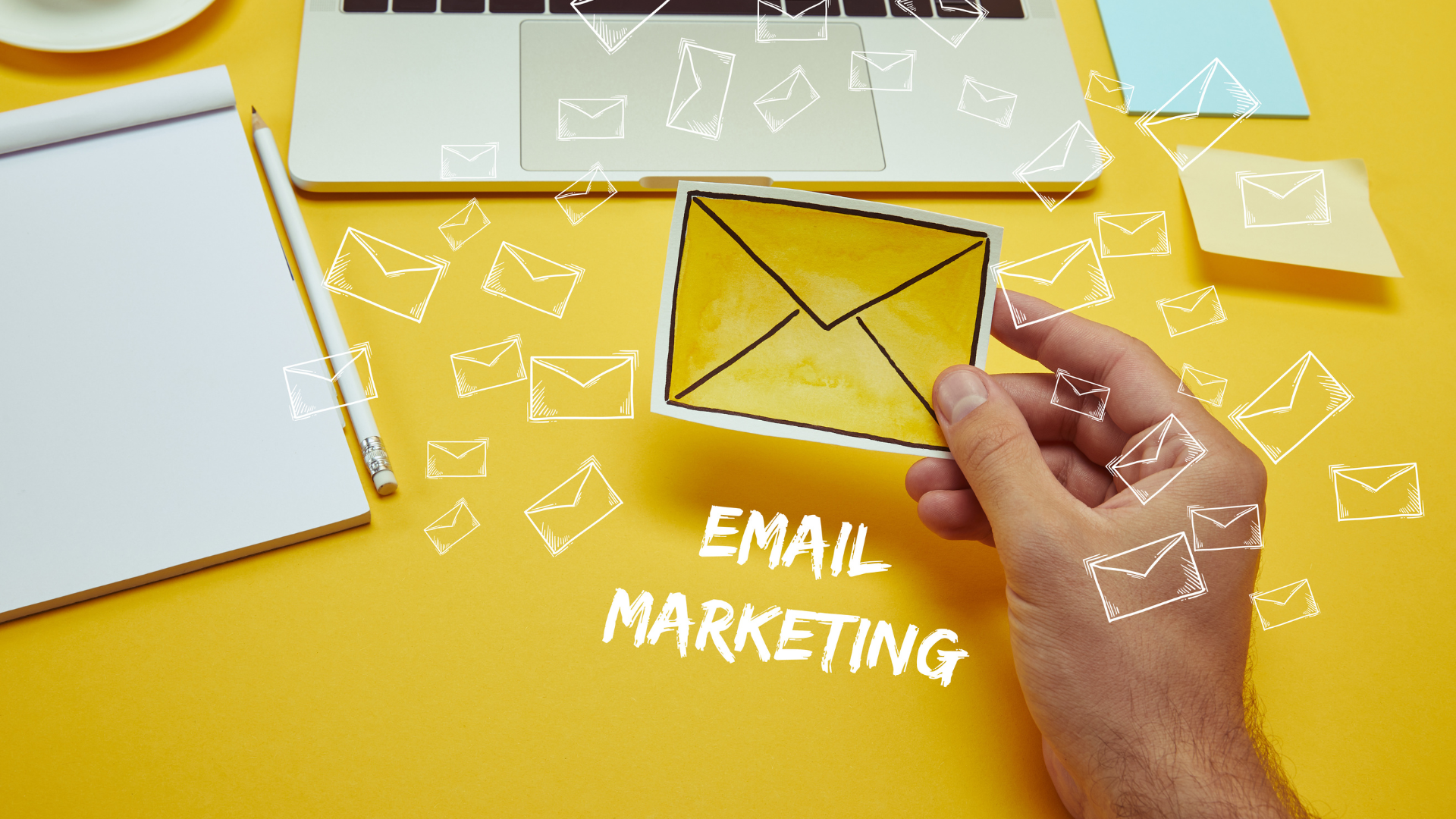Last Updated on June 24, 2024 by Monty Savage
Email marketing is a powerful tool for businesses to communicate directly with customers. When done correctly, it is not regarded as spam but as a legitimate marketing method that provides value to subscribers. The challenge lies in ensuring that emails are relevant, personalised, and sent only to those who have opted in to receive them.
Unfortunately, not all email marketers follow best practices. Some send unsolicited emails or fail to make their content engaging, which can lead recipients to label these emails as spam. Businesses must adhere to regulations, such as the CAN-SPAM Act, to avoid legal issues and maintain trust with their audience.
Consumers appreciate receiving emails with offers, updates, and information that interest them. It’s essential for marketers to strike a balance between promotional content and valuable information to avoid the spam folder and keep their audience engaged.
Understanding Email Marketing
Email Marketing is a strategic tool used to connect with audiences through digital messages. It involves sending tailored content to target groups for various objectives like promotions, updates, or nurturing leads.
Definition and Purpose
Email Marketing uses digital emails to communicate commercial messages to a group of people. Its primary purpose is to build relationships, inform recipients about updates, promotions, or events, and drive engagement. Businesses can segment their audience and tailor content to meet specific needs, making it an efficient and targeted marketing strategy.
Types of Email Marketing Campaigns
Provides updates, news, and valuable content to a subscriber list.
Highlight specific offers, discounts, or sales.
Sent after a user’s action, like a purchase or registration.
Triggered based on user’s actions, such as cart abandonment reminders.
These campaigns have distinct goals, from brand awareness to direct sales.

Types of Email Marketing Campaigns
Email Marketing offers various benefits, including:
Compared to traditional marketing, it is cheaper and has a high ROI.
Allows businesses to segment their audience and send personalised content.
Performance tracking helps in understanding open rates, click-through rates, and conversions.
Can reach a vast audience efficiently.
These advantages make it a valuable tool for marketers aiming to enhance engagement and drive sales.
Email Marketing Best Practices
Email marketing can be highly effective if executed with care. Essential strategies include obtaining explicit consent from recipients, creating engaging content, personalising messages, and continually analysing campaign performance to make data-driven improvements.
Obtaining Consent and Building Lists
It’s vital to get explicit permission from recipients before sending emails. This helps in respecting privacy and reduces the risk of being marked as spam. Double opt-in methods are more reliable as they confirm the recipient’s interest.
Building lists should involve clear, transparent sign-up forms. Include details on how frequently emails will be sent and what content they will cover. This ensures that subscribers are well-informed and have realistic expectations.
Crafting Engaging Content
Content must be compelling to keep subscribers interested. Subject lines should be concise yet engaging to capture attention right away. Inside the email, valuable information tailored to the audience’s needs helps maintain interest.
Visual elements like images and infographics can enhance the reading experience. However, balance is key; too many visuals can overload the email. Consistent brand voice and style also play a significant role in making the content recognisable and trustworthy.
Strategies for Personalisation and Segmentation
Personalisation makes emails more relevant to each subscriber. Using the recipient’s first name in the greeting or subject line can increase engagement. More advanced personalisation might involve recommending products based on past behaviour.
Segmentation involves dividing the email list into various groups based on demographics, interests, or past interactions. This approach ensures that content and offers are highly relevant to the specific groups, leading to better engagement and conversion rates.

Analysing and Improving Campaign Performance
Tracking the performance of email campaigns is crucial for ongoing success. Key metrics include open rates, click-through rates (CTR), and conversion rates. These measures help assess what works and what doesn’t. Regularly reviewing these metrics and implementing changes based on findings helps in continually improving the effectiveness of email marketing efforts.
GDPR and Email Marketing
The General Data Protection Regulation (GDPR) impacts email marketing within the European Union. It emphasises the importance of consent and data privacy. Businesses must obtain explicit consent before sending marketing emails to individuals in the EU.
Distinguishing Between Email Marketing and Spam
Email marketing can be distinguished from spam by focusing on characteristics, reputation, deliverability, and best practices to avoid getting marked as spam.
Characteristics of Spam
Spam emails are typically sent in bulk to recipients without their prior consent. Such emails often contain irrelevant or unsolicited content intended to promote products and services indiscriminately. They may include deceptive subject lines and use misleading tactics to encourage recipients to open them.
Spam often lacks personalisation and is sent from unverified or unfamiliar email addresses. Most of these messages aim to exploit recipients by phishing for personal information or pushing malicious links.

Reputation and Deliverability
Reputation and deliverability are crucial factors in differentiating email marketing from spam. Legitimate email marketers maintain a high sender reputation by adhering to email best practices and respecting recipient preferences.
A good reputation is built over time by consistent engagement and low complaint rates. Internet Service Providers (ISPs) use sender reputation to determine whether emails should be delivered, marked as spam, or blocked outright. High deliverability rates indicate successful email campaigns that avoid spam filters.
Best Practices to Avoid Being Marked as Spam
To avoid being marked as spam, email marketers should implement best practices such as obtaining explicit consent from recipients before sending emails. It is essential to use clear, honest subject lines and provide a simple unsubscribe option in every email.
Personalising emails based on recipient data and segmenting the email list according to different criteria enhances relevance and engagement. Email marketers should also regularly clean their email lists to remove inactive or bounced email addresses and monitor feedback loops to address any complaints promptly.
These practices help ensure emails are welcomed by recipients and avoid the pitfalls that contribute to spam designation.


